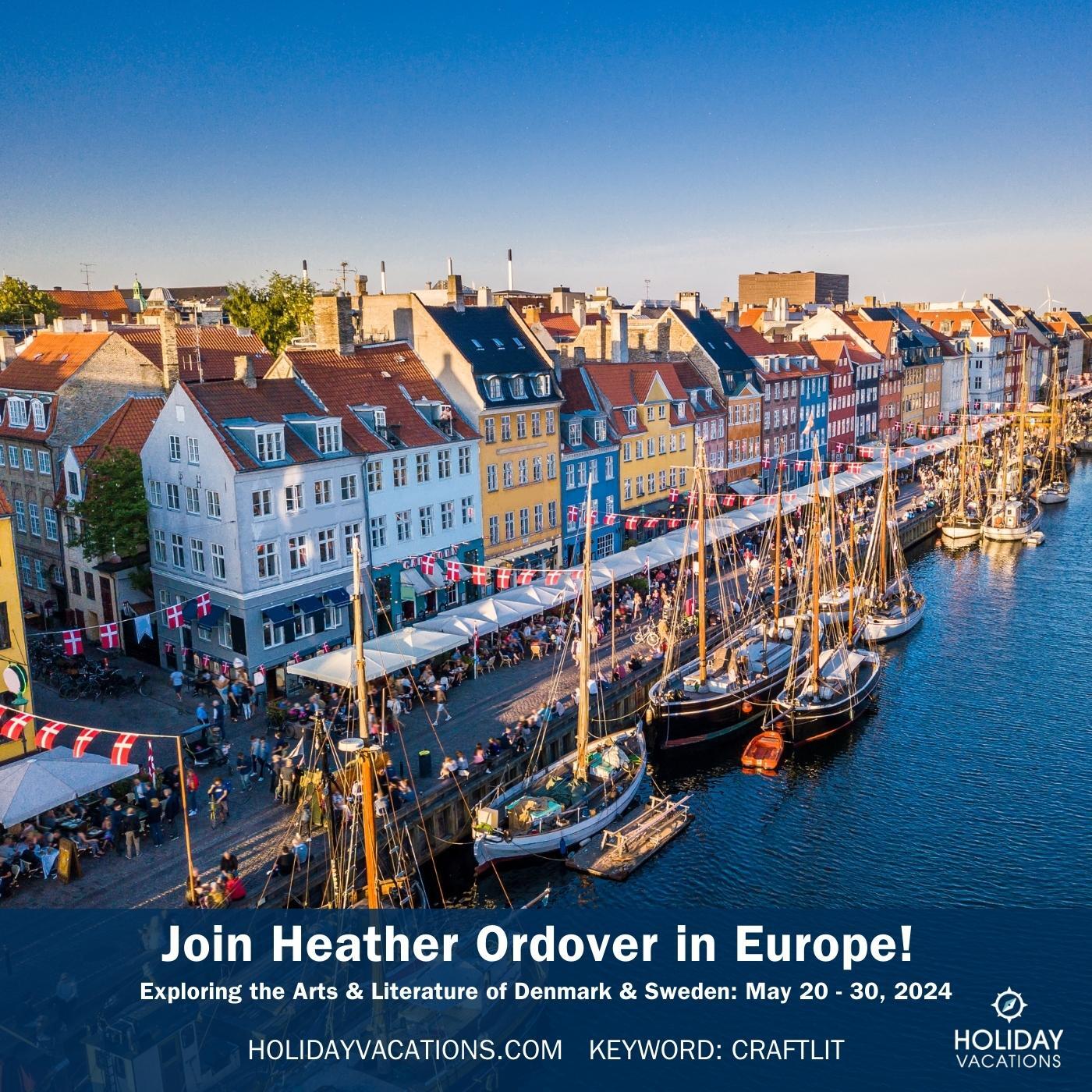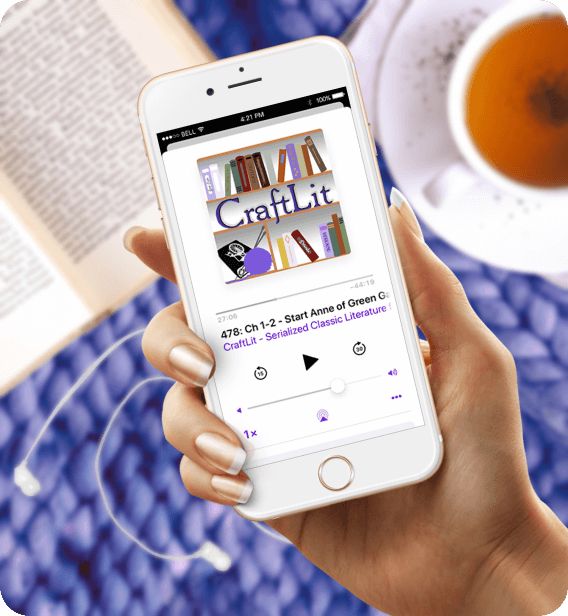You can find Serial here, Startup here, the adorable video with Ira Glass and Mary here, The Spinal Column Radio Podcast (now podfaded) here, Today in iOS here, Knitmore Girls here, Elsie’s Yoga Kula here, Chop Bard here, and CraftLit here.
You can contact Apple iTunes here and Stitcher Radio here.





